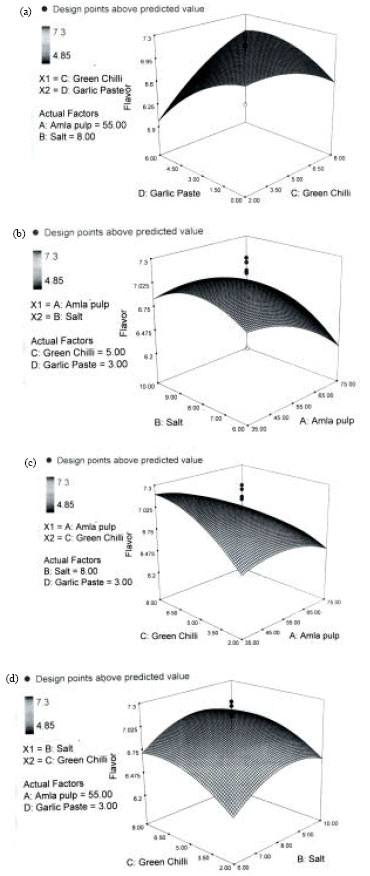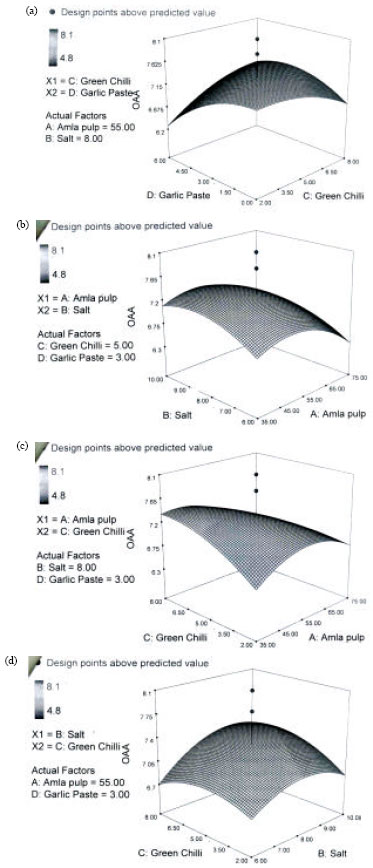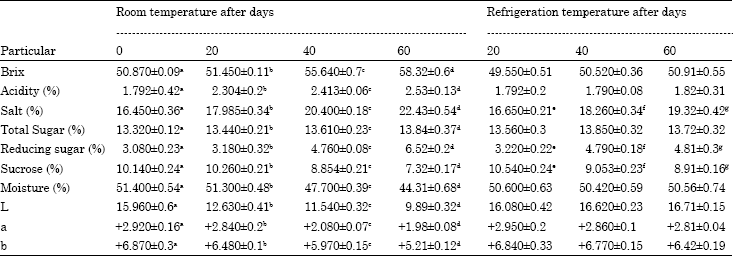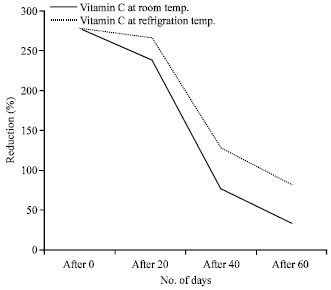Research Article
Studies on Development of Ready to Eat Amla (Emblica officinalis) Chutney and its Preservation by using Class One Preservatives
Food Processing Technology, Tezpur University, Napam-Tezpur, Assam, India
M. Verma
Centre of Food Technology, Science Faculty Campus, University of Allahabad, India
V. Mishra
Centre of Food Technology, Science Faculty Campus, University of Allahabad, India
S. Mishra
Centre of Food Technology, Science Faculty Campus, University of Allahabad, India
G.K. Rai
Centre of Food Technology, Science Faculty Campus, University of Allahabad, India















